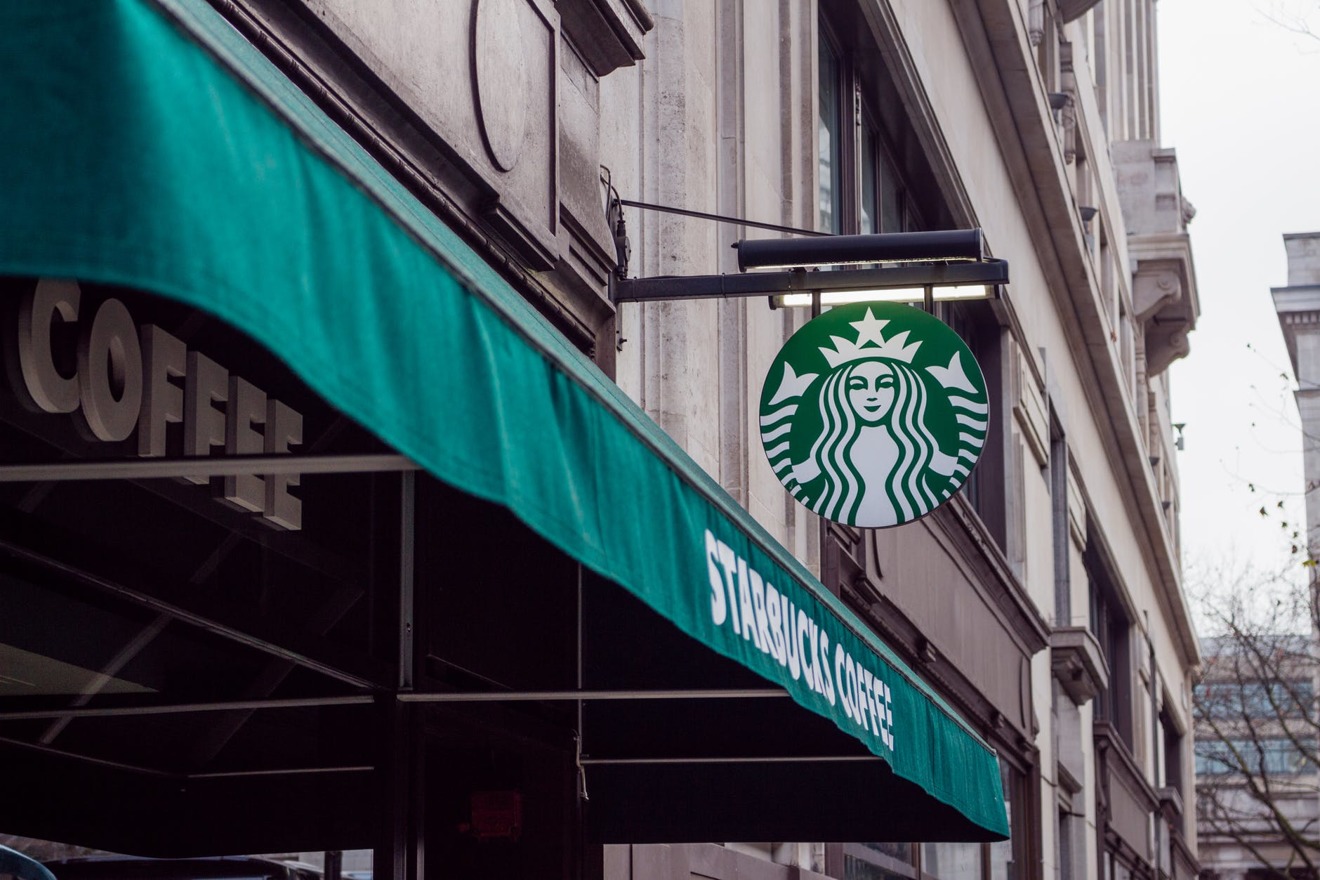Starbucks may be leading Apple in the U.S. mobile payments market with the coffee chain said to have more users who made a payment using its app than Apple Pay.
While Apple has made strides in turning Apple Pay into one of the dominant mobile payment platforms, leading ahead of both Google Pay and Samsung Pay, research from eMarketer indicates Starbucks continues to have a higher number of active users in the United States.
According to estimates of mobile phone users aged 14 or older who have made at least one in-store mobile payment in the previous six months, approximately 23.4 million people in the U.S. will use the Starbucks app to make an in-store purchase by the end of 2018. By comparison, Apple Pay will be used by 22 million people, while Google Pay and Samsung Pay will have 11.1 million and 9.9 million users respectively.
Starbucks is thought to continue leading over its rivals for a few more years, reaching an estimated 29.8 million U.S. users by 2022. Apple Pay is predicted to follow behind at 27.5 million users, Google Pay will stay in third with 14.9 million users, and Samsung Pay will lag behind with 13.2 million.
The estimates are notable in that the Starbucks app will only work for in-store purchases and pick-up orders at Starbucks stores, not with other retailers, while Apple Pay and its competitors are available for use in a far larger number of outlets. The Starbucks app does also benefit from it being available across both iOS and Android devices, unlike Apple Pay's in-store component being limited to iPhones, Google Pay to Android devices, and Samsung Pay only to Samsung-produced smartphones.
It is claimed by eMarketer that Samsung Pay is in fact the most widely accepted payment system, usable by around 80 percent of merchants, but its restricted availability to Samsung devices simultaneously limits its utility. By contrast, Apple Pay is said to be accepted at more than half of US merchants.
"The Starbucks app is one of the bigger success stories in mobile proximity payments," eMarketer analyst Cindy Liu suggests. Noting the ties to Starbucks' loyalty rewards program, Liu adds "for users of the app, the value of paying with their smartphone is clear and simple - you can save time and money at the register, all while racking up rewards and special offers."
Apple is continuing to cement Apple Pay's position as the main mobile payments platform, expanding the service to include cards from more banks and credit unions over time, both in the United States and abroad. As part of the most recent quarterly financial results, Apple CEO Tim Cook advised Apple Pay has doubled its global active users year-on-year, and tripled the number of transactions.
 Malcolm Owen
Malcolm Owen







-m.jpg)






 Marko Zivkovic
Marko Zivkovic



 Amber Neely
Amber Neely

 Wesley Hilliard
Wesley Hilliard










68 Comments
1) Not surprising at this time. If you use Apple Pay and you go to Starbucks you're probably using the app to both pre-order and to reload your card on the app via Apple Pay. Those points add up.
2) I doubt their growth is sustainable, but *Pay adoption will continue to grow as vendors accept Apple Pay (or vendors realize they've been able to accept Apple Pay ever since the got a chip card reader).
Apple has nothing to worry about. They probably make more profit from Apple Pay than Starbucks makes from their entire business.
I've gotten free credits at Starbucks that required me to load into the app, which prompted me to install and register it.
Not a huge starbucks fan, but my yearly spend there is probably ~$20.
I use Apple Pay quite a bit. Even would say that those grocery stores that don't accept it now get much less of my business and I'm anxiously awaiting gas station adoption.
My yearly spend right now is ~ $5,000 and increasing.
Obviously this is statistically irrelevant, however I think it's illustrative that when numbers like those in the article are posted they certainly don't tell the whole story. I count as one registered user for each platform, but not all users are created equal.